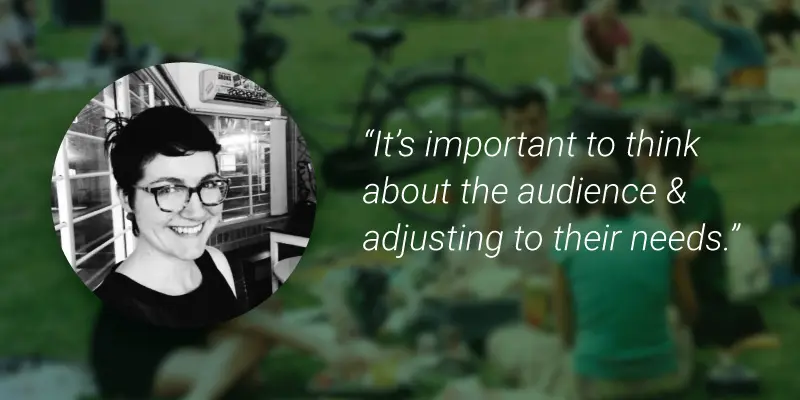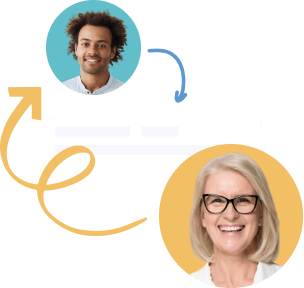Community Engagement in Local Government is a planned, two-way process. It is where individuals, stakeholders and community groups have the opportunity to collaborate on ideas to enhance project outcomes.
When the community has trust in the decision-maker, they are more willing to give valuable and honest feedback. These community insights may identify gaps or potential issues not known to the project managers.
We recently caught up with Merryn Spencer, Engagement and Strategy Manager at Sutherland Shire Council to talk about her presentation at the 2017 Community Engagement Summit Series. Her talk was co-authored by Cindy Jones, Premier Communications Group and presented at the Mobile World Market Research Conference, Singapore, July 2017.
“Planning is important,” says Merryn. “I think many people (including myself) rush in without thinking and there is a natural tendency to do that with projects. A strategy will not only help guide your way, it will also help you ensure the engagement and consultation is aligned with your audience.”
Tip 1: Mobile integration
How many times a day do you check your phone? Whether it’s browsing social media, answering a call or even checking emails, our phones seem to be stuck with us. Today, mobile applications are taking the lead. Websites, email, online engagement tools must be mobile-friendly to be useful and to optimize the experience.
Tip 2: Create beautiful content
Beautiful content doesn’t necessarily mean engaging with a costly graphic designer or including imagery. Beautiful content means putting your heart into your writing and using words to connect with your audience. Story-telling and anecdotes are effective ways to engage with people.
Tip 3: Have a genuine voice
People are more willing to listen to what you have to say if your message is compelling and meaningful. Don’t use fake news to gain a response. Honestly communicate your project or policy ideas to the people. The community is more likely to trust you if you communicate with a genuine voice and demonstrate your willingness to listen. Gaining and holding trust is a challenge for many organizations. Low levels of trust can undermine even the most considered engagement approach – don’t rush in, look for opportunities to find some common ground.
Tip 4: Software integration
Have a strategy in place to drive engagement. This may include using an online engagement platform where you can integrate mobile and social media platforms to drive traffic to your engagement hub.
Consider using a prize incentive, create a video or communicate the value and weight of the communities involved in a particular project. Incentives don’t need to be costly – fun or useful is a good place to start.
Tip 5: Data is King
Use a combination of community engagement tactics. Applying both online and offline mechanisms will give you a more rounded response. A focus group is an effective offline measure to begin with; you can create focus groups based on demographic information, postcodes or even segmented stakeholder lists. The results from engaging with focus groups can give valuable insights about how to best interact with the local community and stakeholders and what to be aware of before interacting.
Tip 6: Retargeting
The communications and marketing process doesn’t stop once your project is live. You need to expose your community to the project several times before they’re likely to engage.
Some online platforms which allow for retargeting include Facebook and Google Adwords. If you’re restricted on time, consider marketing tools like Adroll, a retargeting and prospecting platform.
Tip 7: Maximize diversity
Your community will be comprised of many cultures and demographic groups. It is important to understand these groups and plan your engagement activities accordingly. Consider anything that may influence barriers to entry such as culture, language, gender or age when planning for engagement to ensure all groups have equal access to get involved in decisions that impact them.
Tip 8: Reporting back
Community members want to know how their opinions have influenced the final decision. Communicate your engagement outcomes and inform the community of the next steps. Consider using infographics or even a video discussing the process as well as the end-result.
Merryn’s final words of wisdom
“Think about how you can focus on being a leader in this space by making best-practice the norm. To quote Karynne Courts, of Mindessence – “a visionary leader constantly and flexibly adjusts the lenses to meet the needs of their audience”; so I think the same thing may apply to engagement, it’s important to think about the audience and adjust to their needs.”












